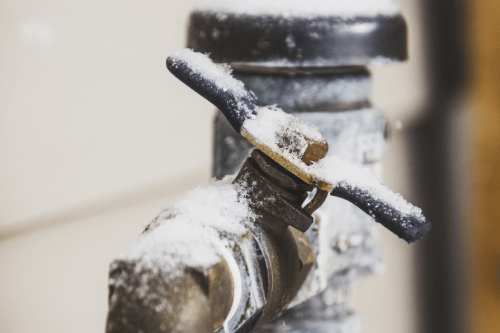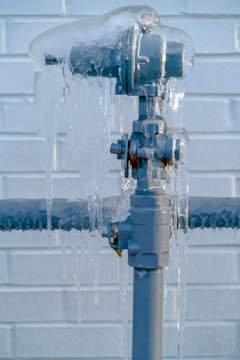Ways to Protect Pipes from Freezing: Professional Guidance
Ways to Protect Pipes from Freezing: Professional Guidance
Blog Article
What're your ideas on Preventing and dealing with frozen pipes?

Cold weather can wreak havoc on your plumbing, particularly by freezing pipes. Here's just how to stop it from taking place and what to do if it does.
Intro
As temperature levels decrease, the danger of frozen pipes rises, potentially leading to pricey fixings and water damages. Comprehending how to stop icy pipes is essential for homeowners in chilly climates.
Understanding Icy Pipelines
What triggers pipelines to freeze?
Pipes ice up when subjected to temperatures below 32 ° F (0 ° C) for expanded periods. As water inside the pipelines freezes, it broadens, taxing the pipe walls and possibly causing them to rupture.
Dangers and problems
Frozen pipes can cause water disruptions, residential property damages, and expensive repair work. Burst pipes can flood homes and cause substantial architectural damages.
Indications of Frozen Water Lines
Determining frozen pipes early can stop them from bursting.
Just how to identify icy pipelines
Search for reduced water circulation from taps, unusual odors or sounds from pipes, and noticeable frost on revealed pipelines.
Prevention Tips
Insulating prone pipes
Wrap pipes in insulation sleeves or make use of warm tape to secure them from freezing temperature levels. Concentrate on pipelines in unheated or external locations of the home.
Home heating strategies
Keep indoor rooms appropriately heated up, specifically areas with plumbing. Open cabinet doors to allow warm air to flow around pipelines under sinks.
Securing Outside Pipes
Garden pipes and exterior faucets
Disconnect and drain yard tubes prior to winter. Set up frost-proof faucets or cover outdoor faucets with shielded caps.
What to Do If Your Pipes Freeze
Immediate actions to take
If you presume icy pipelines, keep faucets available to soothe stress as the ice thaws. Utilize a hairdryer or towels soaked in hot water to thaw pipelines gradually.
Long-Term Solutions
Architectural modifications
Consider rerouting pipelines far from outside walls or unheated locations. Include extra insulation to attic rooms, cellars, and crawl spaces.
Upgrading insulation
Buy top notch insulation for pipes, attic rooms, and walls. Proper insulation assists maintain constant temperatures and minimizes the risk of icy pipelines.
Final thought
Preventing frozen pipelines requires positive measures and fast responses. By recognizing the causes, indications, and preventive measures, home owners can protect their plumbing throughout winter.
5 Ways to Prevent Frozen Pipes
Drain Outdoor Faucets and Disconnect Hoses
First, close the shut-off valve that controls the flow of water in the pipe to your outdoor faucet. Then, head outside to disconnect and drain your hose and open the outdoor faucet to allow the water to completely drain out of the line. Turn off the faucet when done. Finally, head back to the shut-off valve and drain the remaining water inside the pipe into a bucket or container. Additionally, if you have a home irrigation system, you should consider hiring an expert to clear the system of water each year.
Insulate Pipes
One of the best and most cost-effective methods for preventing frozen water pipes is to wrap your pipes with insulation. This is especially important for areas in your home that aren’t exposed to heat, such as an attic. We suggest using foam sleeves, which can typically be found at your local hardware store.
Keep Heat Running at 65
Your pipes are located inside your walls, and the temperature there is much colder than the rest of the house. To prevent your pipes from freezing, The Insurance Information Institute suggests that you keep your home heated to at least 65 degrees, even when traveling. You may want to invest in smart devices that can keep an eye on the temperature in your home while you’re away.
Leave Water Dripping
Moving water — even a small trickle — can prevent ice from forming inside your pipes. When freezing temps are imminent, start a drip of water from all faucets that serve exposed pipes. Leaving a few faucets running will also help relieve pressure inside the pipes and help prevent a rupture if the water inside freezes.
Open Cupboard Doors
Warm your kitchen and bathroom pipes by opening cupboards and vanities. You should also leave your interior doors ajar to help warm air circulate evenly throughout your home.

We had been shown that report on How to prepare your home plumbing for winter weather from a good friend on another blog. Sharing is nice. You never know, you could be doing someone a favor. Thank you so much for going through it.
Book Today! Report this page